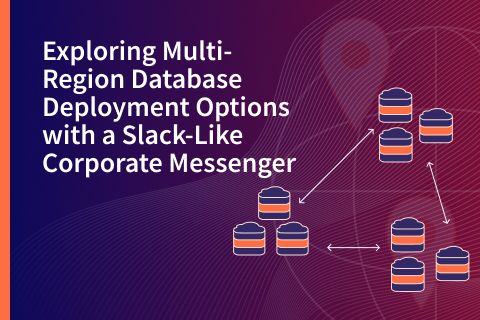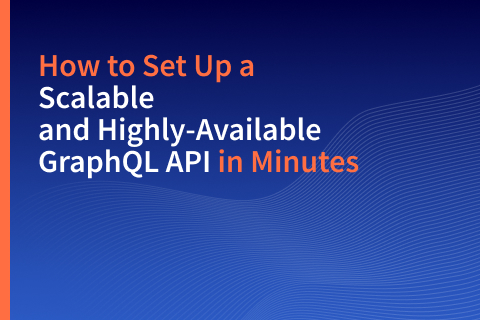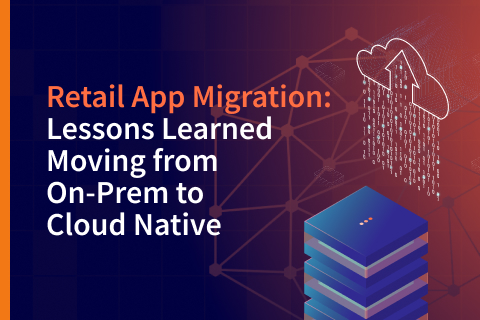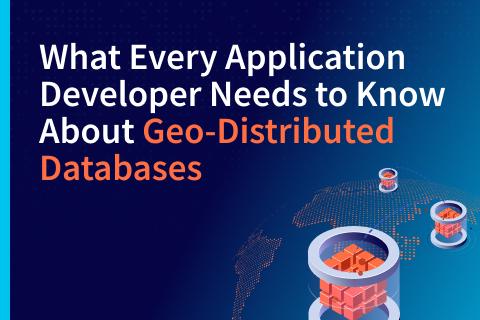Exploring Multi-Region Database Deployment Options with a Slack-Like Corporate Messenger
This blog post explores the most popular multi-region database deployment options by designing a data layer for a Slack-like corporate messenger.

This blog post explores the most popular multi-region database deployment options by designing a data layer for a Slack-like corporate messenger.

In Java development, garbage collection is a routine task. Applications generate garbage all the time. And that garbage is meticulously cleaned out by CMS, G1, Azul C4 and other types of collectors. Basically, our applications are born to bring value to this world, but nothing is perfect—including our applications that leave litter in the Java heap.
However, the story doesn’t end with the Java heap. In fact, it only starts there. Let’s take the example of a basic Java application that uses a relational database—such as PostgreSQL—and solid state drives (SSDs) as a storage device.
…

A modern GraphQL API layer for cloud native applications needs to possess two characteristics: horizontal scalability and high availability.
Horizontal scalability adds more machines to your API infrastructure, whereas vertical scalability adds more CPUs, RAM, and other resources to an existing machine that runs the API layer. While vertical scalability works to a certain extent, the horizontally scalable API layer can scale beyond the capacity of a single machine.
When it comes to high availability,
…

Recently, I came across a sample e-commerce application that demonstrates how to use Next.js, GraphQL engine, PostgreSQL, and a few other frameworks to build a modern web application. The application supports basic e-commerce capabilities such as product inventory and order management, recommendation system, and checkout function. This made me curious as to how much effort it would take to complete a retail application migration from an on-premise to cloud native solution. So I decided to try.

I’ve been working with distributed systems, platforms, and databases for the last seven years. Back in 2015, many architects began using distributed databases to scale beyond the boundaries of a single machine or server. They selected such a database for its horizontal scalability, even if its performance remained comparable to a conventional single-server database.
Now, with the rise of cloud native applications and serverless architecture, distributed databases need to do more than provide horizontal scalability.
…